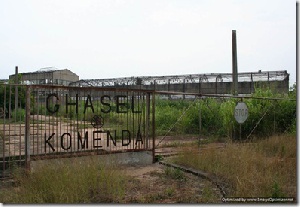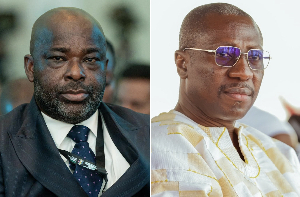Ghana’s beleaguered manufacturing sector needs urgent government intervention if the country’s economy is to survive new risks that have buffeted it since the commencement of oil production, an increasing number of experts have warned.
“We must now seriously move hastily to diversify our export base by focusing a lot more on the manufacturing sector,” said Dr. Henry Wampah, Acting Governor of the Bank of Ghana, reacting to a whopping 798 percent rise in Ghana’s balance of payments deficit to $2.3 billion, over the first three quarters of 2012.
Despite oil production boosting the industry sector’s growth by over 41 percent and its contribution to national GDP to about 25.9 percent in 2011, the manufacturing subsector’s contribution was minimal. In the first quarter of 2012, however, manufacturing grew by 22.6 per cent with wood, furniture and paper leading the way.
Manufacturers however, have complained about poor power supply, the outcome of frequent power outages and regular power surges resulting from a load shedding exercise since July 2012, increasing their unit cost of production and making them even more uncompetitive.
They have also cited the depreciation of the cedi and high level of taxation in the AGI 2012 Third Quarter Business Barometer report, as ranking second and third respectively, after poor power supply, as the three topmost challenges hindering the growth of their businesses, noting that these challenges all increase their costs.
In recent times, most analysts have highlighted the need to focus on manufacturing to reduce risks associated with an oil economy, including the “Dutch Disease” phenomenon, where increasing foreign exchange revenue inflows from oil lead to either a strengthening of the local currency thereby undermining export competitiveness of local manufacturers or to a neglect of other economic sectors.
Ironically, while the country’s foreign exchange earnings are expected to be boosted by oil revenue, by well over $2 billion annually since 2011, the local currency has not strengthened but rather depreciated cumulatively by 17.5 percent against the US dollar from January to October 2012, compared with 3.9 percent depreciation recorded in the same period of 2011.
Franklin Cudjoe, founder and Executive Director of IMANI, a political economy think tank, has noted that expectations about oil revenues were unrealistically optimistic, and using that as basis for national budget planning and government spending is what has led to a serious undermining of the cedi.
While that may well be so, President of the Association of Ghana Industries (AGI) Nana Owusu-Afari has said policy interventions to revamp and sustain growth of the manufacturing sector are imperative for the long-term stability of the local currency.
“If we manufacture some of the things we import, while also producing for the export market, we will be taking a lot of the pressure off our foreign exchange reserves,” Nana Owusu-Afari said, noting that the Bank of Ghana initially cited high demand for the dollar for imports as a major cause of the cedi’s woes.
The recently released Bank of Ghana Monetary Policy Committee report disclosed that from January to September 2012, the current account deficit was $4 billion, as against $1.7 billion recorded in the same period of 2011.
This outturn was mainly attributed to a trade deficit of $3.2 billion, net services and income outflows of $2.7 billion, and a net inflow from transfers of $1.8 billion during the period.
Notably, while Ghana’s total merchandise exports recorded an annual growth of three percent to $10.1 billion, total merchandise imports increased by $1.7 billion, amounting to $13.2 billion for the first three quarters of 2012, out of which consumption imports alone grew by 22 percent to $2.4 billion.
Business News of Monday, 19 November 2012
Source: Economic Tribune













